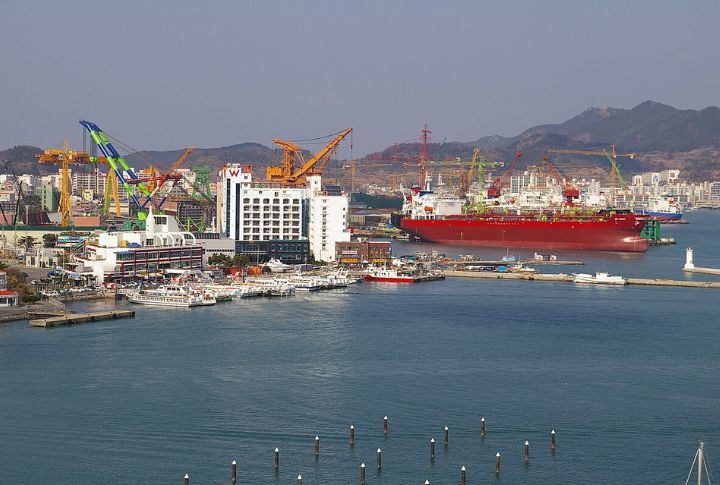
The world watched South Korea go from hardship to high-tech giant, but the real story lies in the choices that shaped that journey. These 10 turning points reflect the strategy behind the rise—and offer more than a few lessons worth keeping in mind.
Export‑Led Growth Strategy
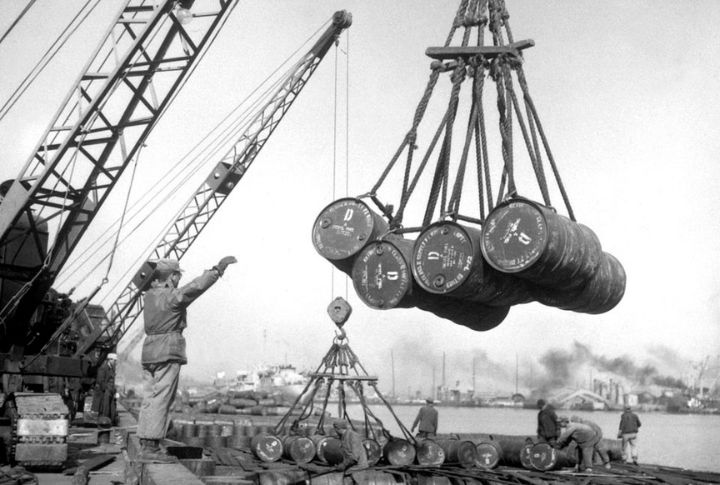
South Korea catapulted from $33 million in exports in 1960 to $65 billion by 1990, according to the World Bank. By the 1980s, over 90% of its exports were manufactured goods, as reported by the Korea Society. In the ’60s, wigs dominated exports, and Samsung even sold noodles and dried fish before becoming a global electronics leader.
Heavy Investment In Education
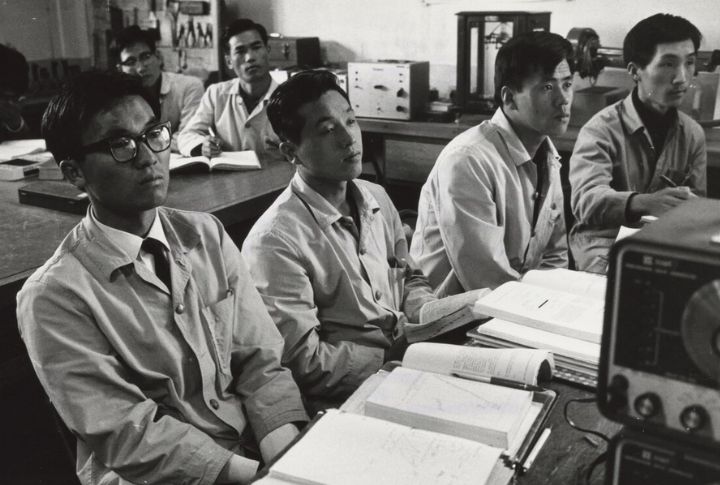
To build a smarter future, South Korea made education its engine. UNESCO reports literacy rose from 22% in 1945 to over 90% by 1970, and by 2003, the OECD ranked it first in college enrollment. By 2000, nearly 80% of students were already headed to college, as stated by the Korean Ministry of Education.
Chaebol‑Led Industrialization
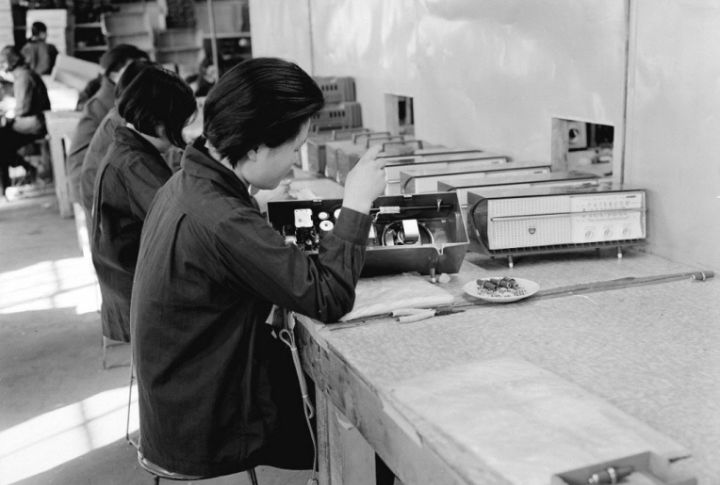
Samsung once generated a sixth of South Korea’s entire economy, with Forbes reporting it made up 21% of GDP in 2017. This showed the chaebol’s pivotal role in national economic dominance. Hyundai even released Korea’s first car, the Pony, in 1975. According to KDI, Hyundai and LG together powered more than 60% of exports by the 1990s.
Land Reform And Rural Modernization
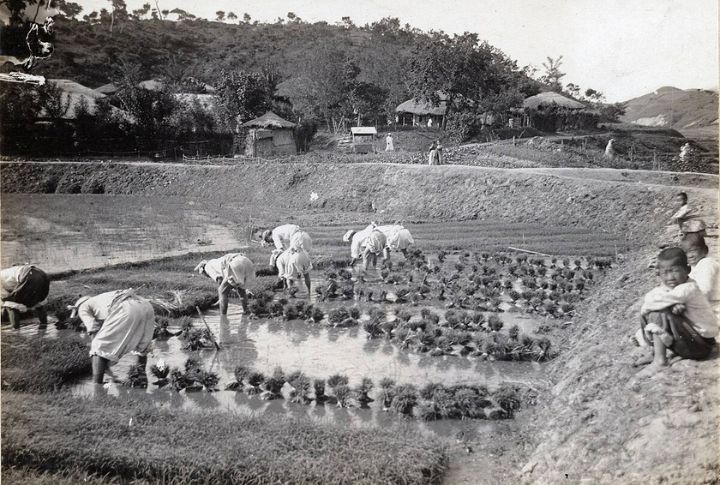
Korea no longer needed to import rice by the late 1970s, thanks in part to sweeping rural reforms. The Saemaul Undong initiative also helped modernize over 33,000 villages by the 1980s. FAO reported a doubling of farm output by 1970, and USAID confirmed that 70% of farmland went to smallholders.
Foreign Aid And U.S. Support
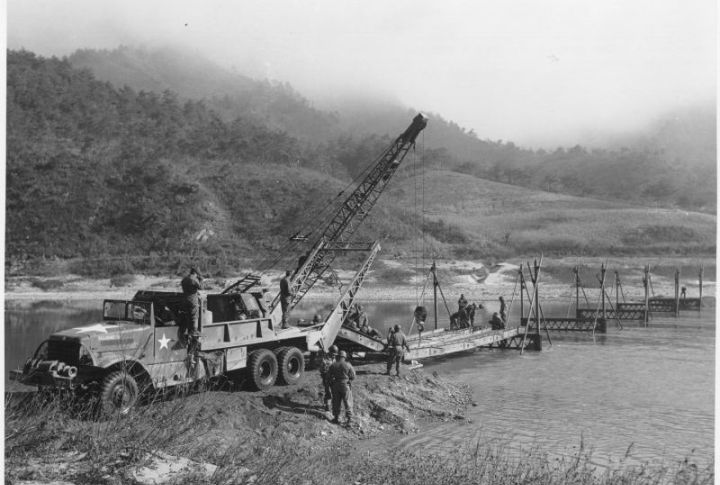
Peace Corps volunteers taught English in rural towns while U.S. Army engineers built Korea’s earliest highways. According to USAID, the U.S. provided over $12 billion in aid between 1946 and 1978. That funding supported critical infrastructure, including power, education, and transportation, during Korea’s early stages of development.
Urbanization And Infrastructure Expansion
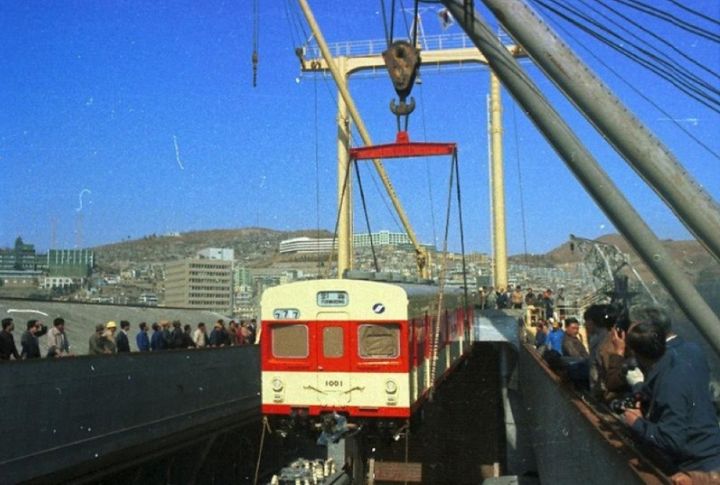
Korea built more than cities—it built momentum. It started when Seoul’s population exploded from 2.5 to 10 million by 1990, as per KOSIS. The 1970 Gyeongbu Expressway was made to slash travel time by 70%, while UITP ranked Seoul’s 1974 subway among the busiest. ACI World even named Incheon Airport the globe’s best for 12 years in a row.
Labor Force Discipline And Work Ethic

Factory lines rarely stopped, and neither did workers. In the 1980s, South Koreans clocked 2,560 hours a year, one of the highest globally, per the ILO. The World Bank also noted that the labor participation stayed above 65%. The “Pali Pali” culture (“hurry hurry”) wasn’t just a motto; it was a mindset.
Strategic Government Planning
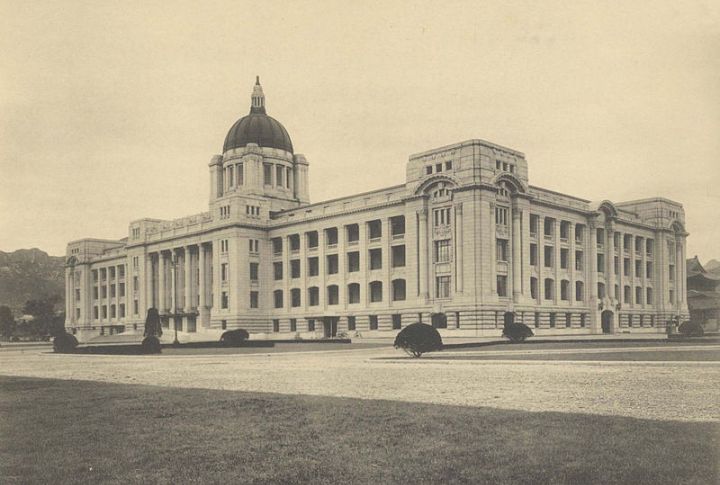
The first Five‑Year Economic Plan was launched in 1962, guiding industrial strategy, and the plan emphasized cement, fertilizer, and textiles. GDP per capita rose from $104 to $6,516 between 1962 and 1990, as reported by the World Bank, which exemplifies the transformative impact of strategic planning on living standards.
Focus On STEM And Technical Training
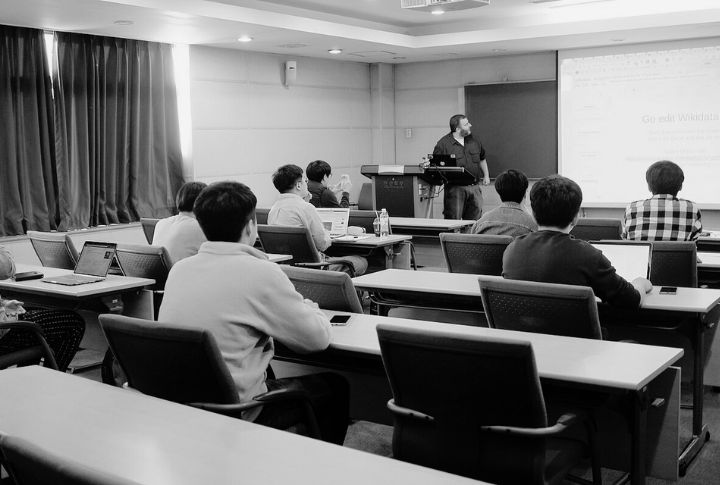
Tech talent didn’t happen by accident. Korea founded KAIST in 1971 and POSTECH in 1986 to train a new generation. By the late ’90s, the OECD reported it led in semiconductors and shipbuilding. POSCO became the world’s most efficient steelmaker in 1990, while KAIST grads seeded Korea’s startup boom.
Stable Political Environment Post‑1980s
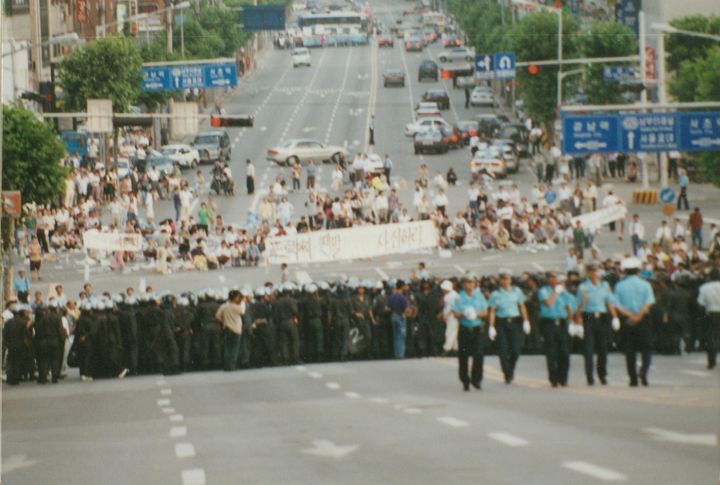
Korea’s first direct election in 1987 marked a turning point, as reported by the National Election Commission. The Heritage Foundation credits democratization for attracting foreign investors. Between 1987 and 1997, UNCTAD recorded a fivefold surge in FDI, and the 1988 Olympics also reflected global confidence.
